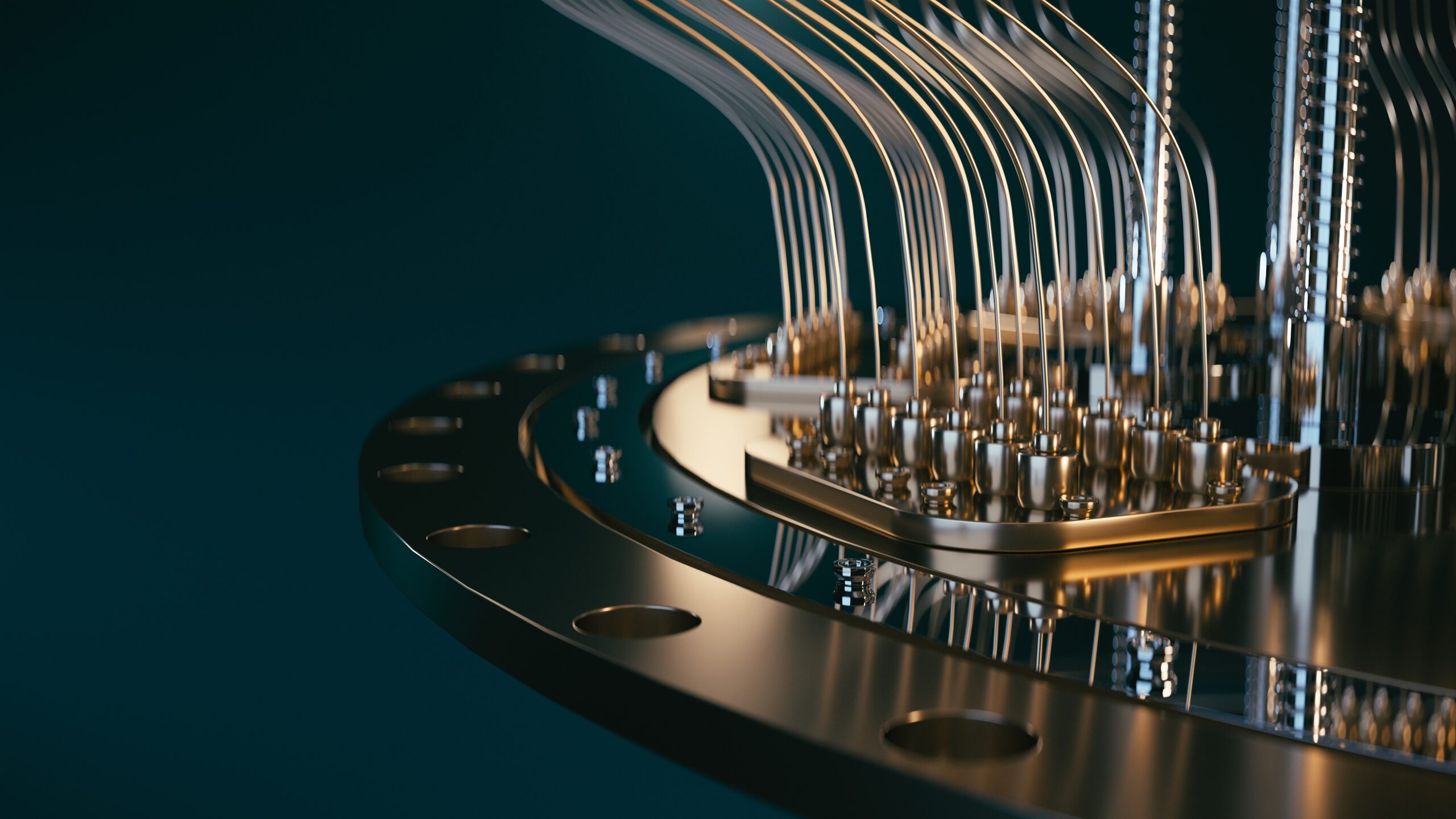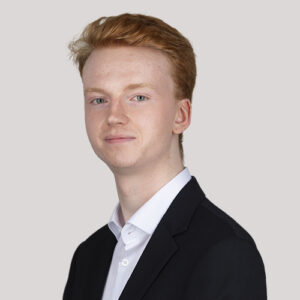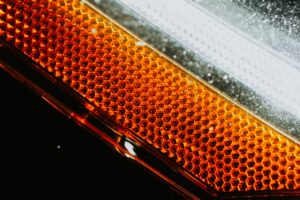29/06/2023
Following on from our blog on quantum computing, this insight examines the underlying principles of quantum simulation and the latest patent trends released in the European Patent Office’s quantum simulation report.
What is Quantum Simulation?
Quantum simulation exploits quantum effects to study and predict the behaviour of a simulated quantum mechanical system. In the domain of quantum technologies, quantum simulation lies adjacent to quantum computing. The key difference between simulators and computers lies in the function: a computer may be arbitrarily controlled to solve a wide class of problems and should be ‘universally programmable’, whereas simulators are modelled to provide information about specific physical problems.
As shown in fig. 1, a real system may be reduced to an abstract mathematical function (Hamiltonian) which is supplied to the simulator device. This prepares a model system in the simulator which is then left to develop by itself according to the laws of quantum mechanics. In doing so, information can be learnt about both the modelled system and the real system. The model can then be iteratively adjusted in order to better represent the real system.

Example
Although quantum simulators perform seemingly abstract operations, their uses are extremely diverse and they will likely play a key role in the future of many fields, ranging from drug design to aerodynamics. An area of particular interest is the development of lithium-ion batteries. As decarbonisation moves consumer purchasing habits towards battery-based devices, such as electric vehicles, it is becoming increasingly important that developments battery technology keeps up with the increasing demand. By programming in a model of the system in question, the behaviours of said system in real-life can be predicted.
By using quantum simulation, researchers have been able to simulate the behaviour of cathode materials in batteries to review key characteristics such as equilibrium cell voltages, ionic mobility, and thermal stability [2]. In doing so, batteries with greater energy storage, faster charging, and lower overall costs are being realised.
Patent Trends in Quantum Simulation
As established in our previous insight, the increase in patent filings in quantum computing has been dramatic. Using the recent EPO report, we can see that the same is most certainly true for quantum simulation. The report focuses on the filing trends of second-generation quantum simulation technologies. It is worth noting here that “second-generation” refers to the broader second generation of quantum technologies (i.e. devices that directly harness quantum phenomena as opposed to those that are merely based on quantum effects) instead of a second iteration of quantum simulators.
Similar to quantum computing, quantum simulation has seen a large increase in patent applications over the last decade. Though the number of filings is still relatively small, fig. 2 shows a sharp increase in the number of international patent families from 2017 onwards. This represents a larger increase in the number of inventions relative to the increase across all technical fields. As noted in the EPO report, there is a downturn in 2021; it is unclear at present whether this corresponds to an overall reversal of the filing trend or whether this relates to the long time limits for entering the national phase offered by international patent applications.

It is also worth considering patent application filing routes to gain an understanding of potential market spaces for quantum simulation. Perhaps unsurprisingly, quantum simulation filings are primarily focussed on the following authorities: International (WO), US, Japan, EP, China, and Canada. As can be seen in fig. 3, the US represents a significant portion of patent applications over the last two decades, establishing itself as both a key innovator and market for these technologies. The number of international patent applications in this field also form a much larger proportion of filings than is expected by the broader trend of filings across all technical fields, indicating multinational commercialisation strategies.

Interestingly, granted EP patents in this field were validated and maintained only in countries with large gross domestic profit, as can be seen from fig. 4. As stated in the EPO report, this differs from the field of quantum computing which shows a much wider range of maintained validations across Europe, perhaps indicating the different stages of development between the two fields.

Within the quantum simulation field, filings have been dominated by companies, with only four US-based universities making into the top 20 for number of international patent families. As can be seen in table 1, Google tops the list with 117 international patent families, followed by IBM with 51, and D-Wave Systems with 37.
| Applicant | Country of residence | Sector allocation | Number of International Patent Families |
| US | Company | 117 | |
| IBM | US | Company | 51 |
| D-Wave Systems | CA | Company | 37 |
| Microsoft | US | Company | 32 |
| Rigetti & Company | US | Company | 18 |
| 1QB Information Technologies | US | Company | 16 |
| IonQ | US | Company | 14 |
| Accenture Global Solutions | IE | Company | 13 |
| Intel | US | Company | 13 |
| Fujitsu | JP | Company | 11 |
| University of Maryland | US | University | 11 |
| Harvard University | US | University | 11 |
| Bull | FR | Company | 9 |
| Zapata Computing | US | Company | 9 |
| Tencent | CN | Company | 8 |
| Ericsson | SE | Company | 6 |
| MIT | US | University | 6 |
| Quantum Motion Technologies | GB | Company | 5 |
| Northrop Grumman | US | Company | 5 |
| Duke University | US | University | 5 |
| Huawei | CN | Company | 5 |
However, within these figures there has been a notable change in the number of new international patent families in the periods 2010-2019 and 2020-2021 as can be seen in table 2. Whilst Google, IBM, and Microsoft remain dominant, there is a large difference in the rest of the most active applicants over these periods. As noted in the EPO report, this may indicate a realignment of research and development activities in the field.
| Applicant | Country of residence | Sector allocation | Number of International Patent Families |
| 2010-2019 | |||
| US | Company | 70 | |
| IBM | US | Company | 19 |
| Microsoft | US | Company | 18 |
| Intel | US | Company | 11 |
| Rigetti & Company | US | Company | 9 |
| 1QB Information Technologies | US | Company | 8 |
| D-Wave Systems | CA | Company | 6 |
| University of Maryland | US | University | 5 |
| Northrop Grumman | US | Company | 5 |
| Accenture Global Solutions | IE | Company | 5 |
| 2020-2021 | |||
| US | Company | 38 | |
| IBM | US | Company | 27 |
| Microsoft | US | Company | 13 |
| IonQ | US | Company | 10 |
| Rigetti & Company | US | Company | 8 |
| Tencent | CN | Company | 8 |
| Zapata Computing | US | Company | 8 |
| Bull | FR | Company | 7 |
| University of Maryland | US | University | 6 |
| Harvard University | US | University | 6 |
Conclusion
Though the number of quantum simulation patent applications is still small, it is apparent that there is fast-growing innovation in this field. As recognised by the EPO report, the growth in filing rates is larger than across all technological fields, with a high number of international patent applications indicating multinational commercialisation strategies and high economic expectations. At present, the US is the most active applicant in this field, with companies representing the majority of applicants. It is clear that this is an exciting field of technology and we look forward to seeing how the trends in this domain develop in the future.
Here at Reddie & Grose we have a large number of attorneys in our electronics and software team with interest and experience in quantum technologies. If you need help protecting your innovations in this field then please do get in touch.
References
[1] Johnson, T.H., Clark, S.R. and Jaksch, D. (2014) ‘What is a quantum simulator?’, EPJ Quantum Technology, 1(1). doi:10.1140/epjqt10.
[2] Delgado, A. et al. (2022) ‘Simulating key properties of lithium-ion batteries with a fault-tolerant quantum computer’, Physical Review A, 106(3). doi:10.1103/physreva.106.032428.
This article is for general information only. Its content is not a statement of the law on any subject and does not constitute advice. Please contact Reddie & Grose LLP for advice before taking any action in reliance on it.



